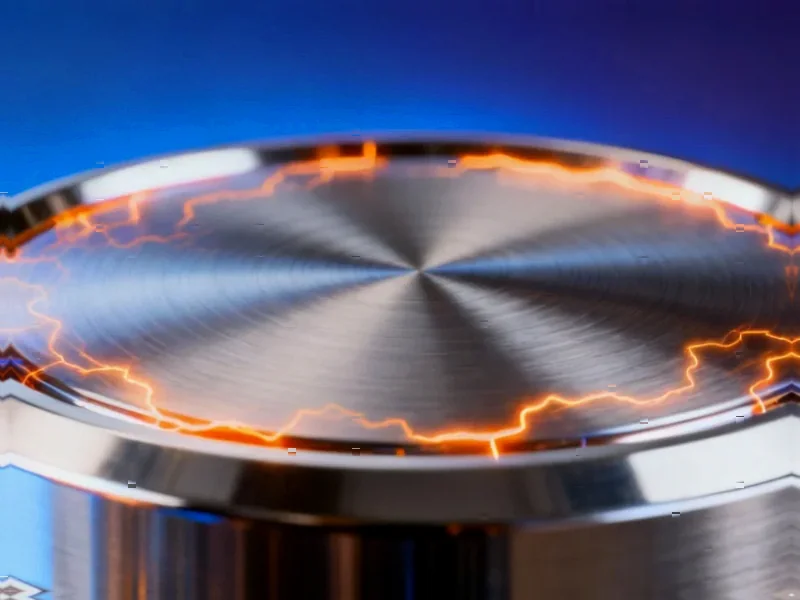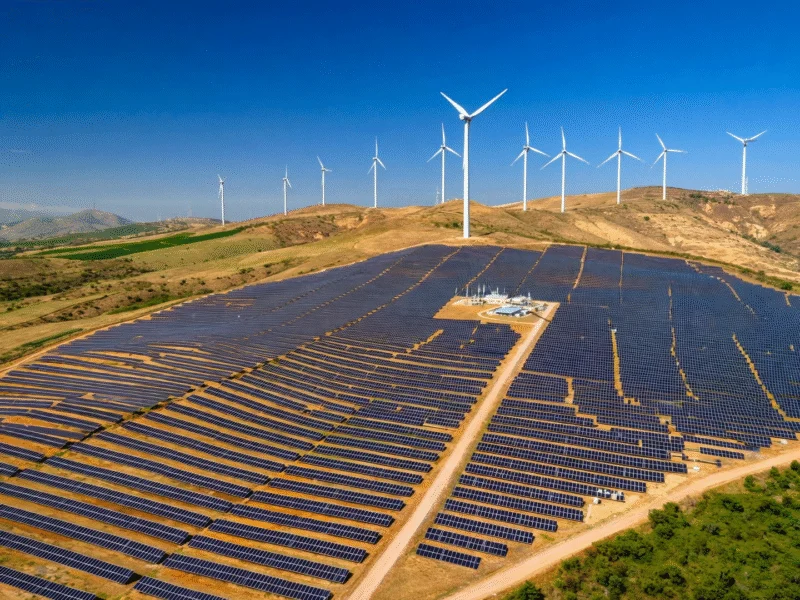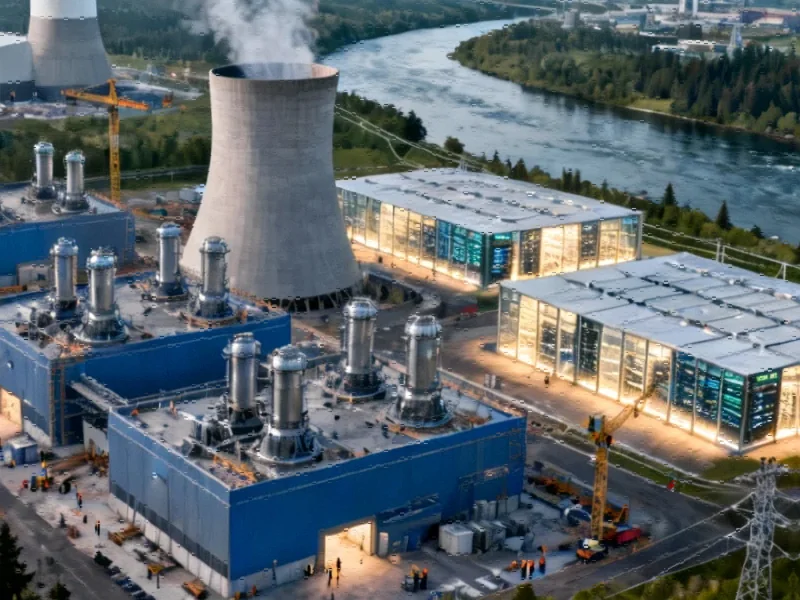According to Utility Dive, NextEra Energy expects to return the 615-MW Duane Arnold nuclear power plant in Iowa to service by early 2029 or possibly Q4 2028, following a 25-year power purchase agreement signed with Google on October 27, 2025. The deal, which still requires regulatory approval, comes after the plant ceased operations in 2020 and represents a significant acceleration of nuclear restart timelines. Beyond Duane Arnold, NextEra is exploring building new advanced nuclear generation with Google and could optimize its 1,185-MW Point Beach and 1,250-MW Seabrook plants to accommodate approximately 6 GW of small modular reactors. The company’s strategy positions it to serve hyperscale tech companies needing dedicated generation, supported by a growing backlog of 29.6 GW in renewables and storage projects. This nuclear revival comes amid unprecedented market conditions that NextEra’s CEO describes as offering the highest returns he’s ever seen in the industry.
The Technical Hurdles of Nuclear Restart
Restarting a nuclear facility that’s been offline since 2020 presents unique engineering challenges that go far beyond simply flipping a switch. The Duane Arnold plant has been in what’s known as “safe storage” or “decommissioning cold shutdown” mode, which means critical systems have been preserved but require comprehensive requalification. Nuclear Regulatory Commission requirements mandate extensive testing of reactor pressure vessels, steam generators, and safety systems to ensure they meet current standards. The metallurgical changes in reactor components during years of dormancy must be carefully evaluated, as embrittlement concerns can affect operational safety margins. Additionally, the workforce challenge cannot be overstated—finding and training nuclear operators with specific experience on this reactor design requires significant lead time and investment.
Why Tech Giants Are Turning to Nuclear
The partnership between NextEra and Google reveals a fundamental shift in how major technology companies are approaching their energy security. Data centers, particularly those powering AI workloads, have power density requirements that dwarf traditional computing facilities. Where conventional data centers might draw 5-10 MW, AI-optimized facilities can require 100-300 MW or more, with power demands that are both massive and consistent—exactly the profile that matches nuclear generation’s strengths. The 25-year power purchase agreement structure provides Google with predictable pricing in an era of volatile electricity markets, while giving NextEra the revenue certainty needed to justify the substantial capital investment in restart operations.
The SMR Expansion Play
NextEra’s mention of accommodating 6 GW of small modular reactors across its nuclear sites represents a strategic masterstroke in infrastructure optimization. Existing nuclear sites already have the grid interconnection capacity, cooling water access, and security infrastructure that new nuclear projects typically spend years and billions of dollars developing. By colocating SMRs at established sites like Point Beach and Seabrook, NextEra can dramatically reduce development timelines and costs. The company’s experience with nuclear operations provides a crucial advantage in navigating the regulatory landscape for advanced reactor technologies. This approach effectively creates a “nuclear campus” model where multiple reactor units can be deployed incrementally to match growing demand from tech customers.
Integrated Energy Solutions for Tech
NextEra’s comprehensive approach—combining nuclear restarts, SMR development, renewables, and storage—creates a compelling value proposition for tech companies facing interconnection challenges. The company’s third-quarter results showing 1.9 GW of new battery storage contracts demonstrate how they’re building the flexible capacity needed to complement nuclear’s baseload power. This integrated strategy allows NextEra to offer tech customers what amounts to a “full-stack” energy solution: rapid deployment of renewables and storage for immediate needs, followed by nuclear for long-term, carbon-free baseload, with natural gas and transmission infrastructure filling the gaps. For companies like Google facing pressure to decarbonize while expanding AI capabilities, this comprehensive approach solves multiple problems simultaneously.
Reshaping Power Markets
The implications of NextEra’s strategy extend far beyond individual corporate partnerships. By positioning nuclear as the backbone for tech industry growth, the company is effectively creating a new energy market segment where large consumers bypass traditional utility procurement and secure generation assets directly. This could lead to a fundamental restructuring of how electricity markets operate, with dedicated generation for specific industrial customers becoming more common. The high returns NextEra’s CEO references reflect not just current supply-demand imbalances, but the premium value of reliable, carbon-free power for companies whose operations depend entirely on electricity availability. As more tech companies follow Google’s lead, we may see nuclear power experiencing a renaissance driven not by environmental policy alone, but by pure economic necessity.




